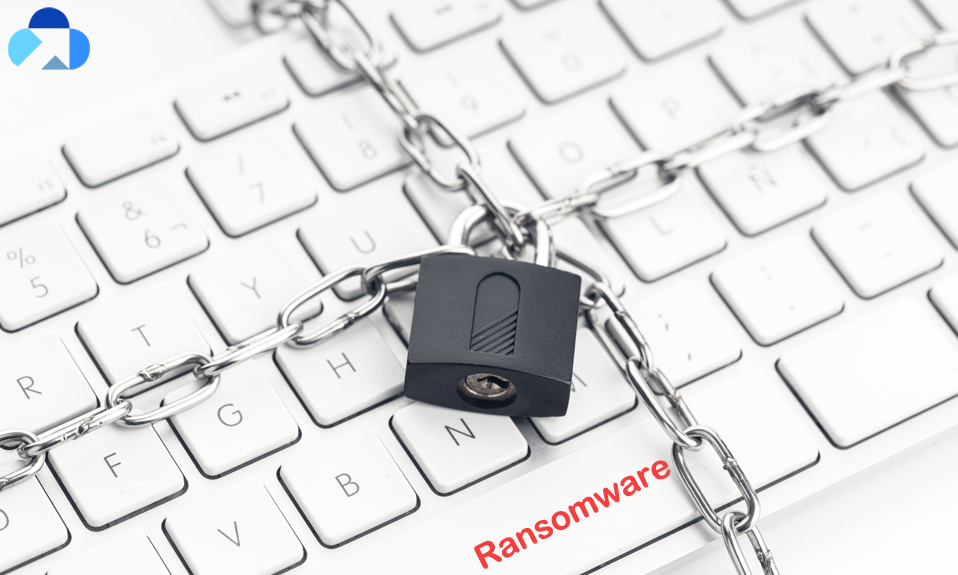
File sharing is a very sensitive task as your files may contain valuable information that you don’t want to lose or reveal at any cost. Therefore, it’s important to choose the file sharing option. Your decision for choosing the right file sharing option will decide the secure or unsecured file sharing. Additionally, you should also understand what is secure file sharing? Because sometimes techniques are better than the tools. So, each and every aspect of secure file sharing should be clear.
In this article, we are going to learn the following:
- What it Secure File Sharing
- How Secure File Sharing Works
- Types of File Sharing
- Secure File Sharing Features
- Basis of Selection for Secure File Sharing Options
What is Secure File Sharing?
Secure file sharing is the process of sharing one or more files securely, privately, or encrypted with a password- a name of security. You may not be able to send password encrypted files on every platform, and every file sharing isn’t important to be password protected.
Secure file sharing enabled sharing files between users/organization confidentially and/or within a protected mode, secure from intruders or unauthorized users. Secure file sharing is also known as protected file sharing
Encrypting a file before sharing or sending it over the network is a common method of ensuring secure file sharing. This is accomplished through the use of an encryption algorithm. The file can be shared via a conventional Internet connection or within a local network. A private network connection, such as a VPN (Virtual private network), can also be used to securely share files.
How Secure File Sharing Works
Secure File Sharing is sending files securely. Most of the platform offers file encrypted services, which send your files with password protection. When you send your files from the tool, you’ll need to select the password or encryption option, and you’ll be asked to enter the password. And once the receiver gets the link and try to open the files, he/she can only access the files with a password. When the password is entered, the user can access the file.
Types of File Sharing
There are various secure file sharing systems to select from, each with its own set of features, security protocols, price points, and best-case scenarios. Here are some of the most frequent secure file sharing options used by enterprises, based on their individual demands and requirements.
Virtual Data Rooms (VDRs)
Virtual data rooms are safe online platforms that are frequently used to support a company’s financial activities, such as fundraising rounds and mergers and acquisitions.
Basic Cloud Storage/Sharing Solutions
Cloud storage are also best for sharing solutions, but it may not recommend to use with the business works. Cloud storage are closely similar to virtual data rooms. But, it comes equipped with fewer security features and isn’t always recommended for sharing confidential company information.
P2P networks
P2P (Peer to Peer) file sharing entails the use of software that allows computers to interact directly without hosting files on a central server. This is one way of transferring files amongst a small group of users connected to their own network.
File Transfer Protocol (FTP)
File Transfer protocol is the most common way or sharing large files from one computer to another. You can select the files you wish to share and add them to the FTP interface. On the receiving end, user can then access the files from FTP server site after typing the password, if required.
Secure File Sharing Features
Every secure file sharing option, tool, or system offers a different set of security features to protect your sensitive data. Here you can find out some of the security features to look for during your search for the appropriate solution.
Technical Security
Technical security features are those that are integrated into the software and code of the service itself. Data encryption, two-factor authentication, and permissions control are among them.
Data Encryption
Data encryption security feature refers to data encryption or hidden from users using an algorithm and a key. The motive of data encryption is to render sensitive information unreadable through the use of a special algorithm.
Data encrypted ensures you that only authorized users or computers are able to view the decoded version of your files.
2-Factor Authentication
2 Factor authentication levels up the security of your files. It refers to a process where steps are taken to verify a person’s identity before allowing them to complete a specific action. It ensures your safety even in case your password gets revealed.
Note: 2-Factor authentication may not be enabled by default wherever you use it, you need to enable it.
2-Factor Authentication Example: Whenever you make any payment through Paytm, Phonepe and any other online payment mode, so once your fill in all the information and before transferring your payment you are asked to enter the PIN, this is an example of 2 Factor authentication.
Permissions-based User Roles
Permission-based user roles can understand from its name. This means a user on your system needs permission to access the files or folder. Permission-based user roles also make it possible for system administrators to control who is able to access certain folders and documents. There are situations where a user may only need to access to one document related to any specific task. So, these security features help you to deal with these types of situations.
Watermarking
Watermarking can be either visible or hidden on the document. Watermarking majorly uses on the images, pictures to protect them from copying. It also dictates that the information should not be shared with any unauthorized users. Watermarking is the best and simple solution for copy issues.
Download/Printing Control
Download/Printing Controls security features are a way to restrict users to download and print any documents. In other words, administrators have the ability to mark certain files or folders as View only to specific users, which means they’re only able to open the document, they cannot print the document, cannot make any alteration, or even cannot download it.
Basis of Selection for Secure File Sharing Options
If you’re looking for the best secure file sharing tools or options but not able to judge which one would be right for your needs. Here, find few bases of selection or comparison to judge the software and to make the best choice.
Be clear about your needs
When it comes to filing sharing, each company or individual has its own requirements. Sharing private data as part of the M&A due diligence process necessitates a far more robust and secure file-sharing platform than sharing staff headshots for the company website.
Be clear about free or paid version.
Free tools cannot provide you high-security features. You need to pay, and if you’re ready, then behave wisely before spending money. Because there is an option available that doesn’t provide the best security features even after paying. Before you pay, take a complete analysis of the software and find what will you get with the paid version. Choose monthly or yearly subscription. And a free trial is available, then take a trial first and then if you like you can go ahead.
Note: Be clear about your needs, if your documents don’t contain any sensitive information, a free version is quite good option for you.
Security Features
Read the above section article for different types of security features and decide which one you would like to use. And then find the same security features in your option and make the decision.
Compatibility
Find out what types of devices and operating systems will support the file transfers. Choose the option with a simple interface so that you can easily access it. Make sure the option should able to compatible with different types of files, folders, or document sharing.
Compare
You may find out the two tools with the same features or with the same prices, then in this condition, try to compare the tools on any basis. For example, if security features are the same, then compare with the price, and which one is less expensive, go with that option.
Limitations
Before making a big investment in a file-sharing service, check to see whether the provider has any limitations or restrictions on the number of files you may share or the total quantity of data you can save.
Free Secure File Sharing With Capebera
Capebera
Capebera isn’t a file-sharing website actually, it’s more than that. Let me tell you how, Capebera is a free unlimited storage platform, where you can drag and drop your files easily in the cloud and can access them from anywhere. Additionally, you can share those files with password encryption. So that no one, except whom you tell the password, can access your files. File sharing via the link will be encrypted with a password, and when a user tries to open the file, the user has to enter the password to access the files.
As Capebera is more than storage service, you can create the separate workspace for business and organize the works. Add team members, share the document and communicate easily your work. Moreover, with the help of shared links, users can download the files, edit them on their own. You can schedule the timing for the expiration of the link. Let me tell you, these all features are available for free, which means a completely free package. Compare to other services, you won’t get these all features and services in one tool for free.
Summary
Hey guys! This was the guide about “Secure File Sharing.” Need to share the file that contains sensitive information? Read the complete article and learn how you can process secure file sharing. Whether the company or Individual, this guide would best to read for everyone.
Let us know in the comment section, does this article helps you choose the right secure file sharing option for you.












